Many years later, Chu Chi Thanh organized an exhibition at the Vietnam Revolution Museum ( Hanoi ) and the photo "Two Soldiers" attracted special attention, being one of the works for which Chu Chi Thanh was awarded the State Prize and the Ho Chi Minh Prize. At the same time, the journey to find the prototype of the character in the photo also began and many unexpected details appeared...
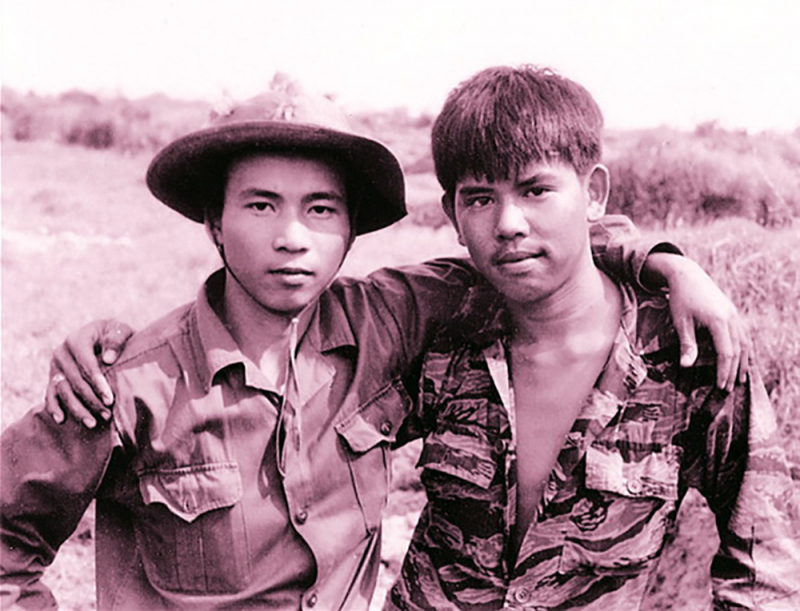
Through the press and individual contacts, veterans initially informed Mr. Chu Chi Thanh that there was a person who was the prototype in the photo; this person had never appeared and later passed away, so it was impossible to directly compare. Then, another veteran took the initiative to speak up and identify himself. It seemed that the story ended when the author confirmed the identification as the second person... But in these early autumn days, a third witness appeared, bringing with him evidence and details to compare and confirm that he was the real character in the photo "Two Soldiers"...
Published identifications of the photograph “Two Soldiers”
The person we are referring to is Mr. Le Anh, born in 1951 (according to the declaration, 1950) in Tham Trieu village, old Trieu Tai commune; now Dong Tam 1 village, Trieu Co commune, Quang Tri province; Mr. Anh is still residing here. After receiving the feedback and petition, we had a frank discussion with Mr. Anh: "If it is for personal purposes, or because of inaccurate memory due to old age, the years have passed, then you should stop. This is an important issue, related to the history, reputation and honor of the people involved." However, Mr. Anh still firmly affirmed that he only told the truth. He pledged and was ready to accept legal action if there was anything false.
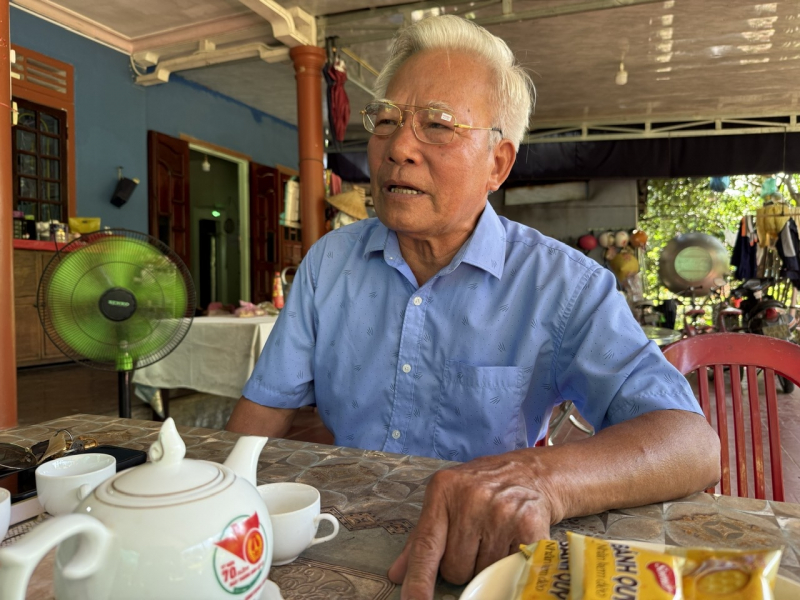
Before going into the matter, it is necessary to review the main published sources. In Nhan Dan Newspaper (May 19, 2023), the article “Photographer Chu Chi Thanh and the story of Two Soldiers” reported that in Chu Chi Thanh’s four-photo series about Quang Tri in early 1973, the photo “Two Soldiers” was introduced as capturing a scene of a Southern revolutionary and a Republic of Vietnam Marine with their arms around each other; the remaining three photos include “Shaking hands and smiling faces”, “Quang Tri Bridge” and “Reluctant hands”.
According to Mr. Chu Chi Thanh, after the 1973 Paris Agreement, he was sent by the Vietnam News Agency to Quang Tri to monitor the exchange of prisoners of war. One day in late March 1973, at Long Quang checkpoint (then in Trieu Trach commune, Trieu Phong; now in Nam Cua Viet commune, Quang Tri province), he witnessed soldiers from both sides sitting and chatting, smoking, and drinking water. In that atmosphere, a Saigon soldier put his arm around the shoulder of a Southern revolutionary and asked to take a photo; the photo "Two Soldiers" was born from that moment.
On the "Characters - Events - Documents" page of Vietnam News Agency (June 21, 2020), Mr. Chu Chi Thanh continued the journey of identification: in early January 2018, before the 45th anniversary of the Paris Agreement, the two characters were invited to reunite in Quang Tri.
The Liberation soldier was Mr. Nguyen Huy Tao (contacted after reading a series of articles and viewing the exhibition in 2007); the Saigon army side was Mr. Bui Trong Nghia (met by female journalist Duong Phuong Vinh - Tien Phong Newspaper - in 2017 after his son posted information on social media). Previously, there had been a mistake in identifying the Liberation side (the case of Mr. Duong Minh Sac) and it was the proactive appearance of Mr. Nguyen Huy Tao - who came to Mr. Chu Chi Thanh after reading the newspaper and viewing the exhibition - that helped to correct the identity.
Mr. Chu Chi Thanh recounted: “One afternoon in early May 2015, a former soldier of Quang Tri Citadel called to meet me. On time, he came to my house with an open smile, shook my hand and said: “You probably don’t recognize me, but I still remember you as tall, wearing a floppy hat, with a camera on your shoulder in the Liberation Army uniform…”. I was a bit suspicious, only hesitantly replied: “It’s been a long time, but we still recognize each other, it’s so precious”. The veteran happily continued: “I met you at Long Quang checkpoint, also saw the 2007 exhibition at the Revolutionary Museum, saw the photo “Two Soldiers”… Now I can tell you, I am the person in the photo”. Mr. Thanh said that it was Mr. Nguyen Huy Tao’s proactive appearance that ended the previous identification mistake and clarified the identity of the person on the Southern revolutionary side.
Regarding the Saigon soldier, Mr. Nguyen Huy Tao also told Tien Phong Newspaper that, according to what he heard, this person died just a few days after the photo was taken. However, on April 30, 2017, female journalist Duong Phuong Vinh accidentally read on social media that Mr. Bui Trong Nghia's son shared that his father was the person in the photo and was still alive. From there, she contacted and flew to Ho Chi Minh City to verify and find Mr. Bui Trong Nghia.
The third person appears
Through verification, we learned that Mr. Le Anh's mother, Mrs. Nguyen Thi Rang, during the resistance war against France and the US, was a revolutionary base, hiding soldiers in a secret tunnel in Tham Trieu village (now Dong Tam 1 village, Trieu Co commune). Mr. Anh's father, Mr. Le Chat (also known as Le Xuan), participated in the resistance war against France from 1947, holding the position of Trieu Vinh Commune Team Leader (under Ngo Dinh Diem, renamed Trieu Thanh, belonging to Trieu Phong district), and in 1954, gathered in the North.
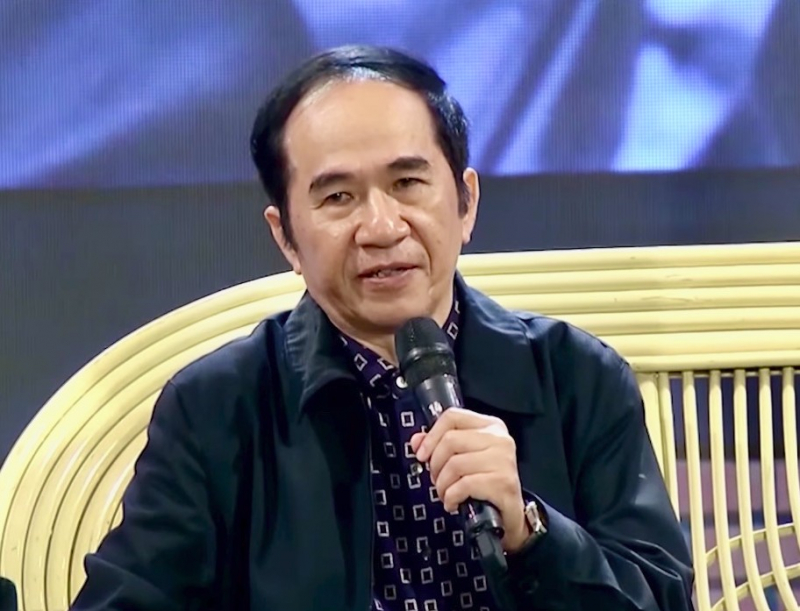
Since 1957, Trieu Phong district had almost become a "white zone", it was not until late 1959 - early 1960 that the movement was gradually restored, with the birth of Party cells and the Dong Khoi movement spreading from Ben Tre. After a period in the North, returning to his homeland to fight in the 1960s, Mr. Le Xuan was a key member, holding the position of Deputy District Commander of Trieu Phong, directly participating in the Mau Than 1968 campaign and sacrificing his life in Trieu Lang commune (Trieu Phong). The boy Le Anh therefore soon became enlightened about the revolution. In 1964, when he was only 13 years old, he worked as a liaison, transmitting messages and signaling to warn the enemy or dangerous areas to local soldiers, militia and guerrillas.
From 1967 to 1970, Le Anh studied high school at Nguyen Hoang School and passed the Baccalaureate, then took the entrance exam to study pedagogy and studied in Hue. When the war became more and more fierce, with the determination to contribute to liberating his homeland, Mr. Anh dropped out of school and returned home to directly participate in revolutionary work. In June 1972, he was appointed as a member of the Revolutionary Committee of Trieu Phong district, in charge of information, culture and education.
Mr. Anh's assertion that he was the person in the photo was detailed: In 1973, the headquarters of the Trieu Phong District Revolutionary People's Committee was organized to move to many locations and when the 1973 Paris Agreement was signed, it went to Dai Hao, then returned to Dai Hoa (Trieu Dai commune)... Around the end of March 1973, Mr. Anh was assigned by Mr. Nguyen Quang Vinh, Vice Chairman of the district, to lead a group of journalists to the House of Harmony built by our side near Long Quang post (Trieu Trach commune) to film and take photos of the exchange activities between our side and the soldiers of the Republic of Vietnam.
Mr. Vinh clearly stated: This was a meeting with prior agreement, it was necessary to highlight the revolutionary forces of the South; participants only included government officials, militia, local guerrillas, no soldiers.
The next morning, around 8am at the district People's Committee headquarters in Dai Hao village (Trieu Dai commune), a group of 6 people - Mr. Anh and 5 members of the journalist group (including one person holding a camera that Mr. Anh later learned was Mr. Chu Chi Thanh, and two others carrying video cameras, Mr. Anh guessed they belonged to the General Department of Politics, Vietnam People's Army) - began their journey.
The group walked from Dai Hoa to Quang Dien (Trieu Dai) along the inter-village dirt road, then went down to Ben Loi river wharf in Quang Dien to take a motorboat along Vinh Dinh river up to Van Tuong - opposite Van Hoa (Trieu Hoa commune). The boat arrived at Van Tuong wharf, from there the group walked about 1km to Nha Hoa Hop to take a photo and he was the one with his arm around the Saigon soldier in the famous photo by Chu Chi Thanh.
See the final post: What do the "characters" and witnesses say?
Source: https://cand.com.vn/Tieu-diem-van-hoa/nguoi-thu-ba-trong-hai-nguoi-linh-bat-ngo-xuat-hien-bai-1--i782282/


![[Photo] Discover unique experiences at the first World Cultural Festival](https://vphoto.vietnam.vn/thumb/1200x675/vietnam/resource/IMAGE/2025/10/11/1760198064937_le-hoi-van-hoa-4199-3623-jpg.webp)


![[Photo] Opening of the World Cultural Festival in Hanoi](https://vphoto.vietnam.vn/thumb/1200x675/vietnam/resource/IMAGE/2025/10/10/1760113426728_ndo_br_lehoi-khaimac-jpg.webp)
![[Photo] General Secretary attends the parade to celebrate the 80th anniversary of the founding of the Korean Workers' Party](https://vphoto.vietnam.vn/thumb/1200x675/vietnam/resource/IMAGE/2025/10/11/1760150039564_vna-potal-tong-bi-thu-du-le-duyet-binh-ky-niem-80-nam-thanh-lap-dang-lao-dong-trieu-tien-8331994-jpg.webp)

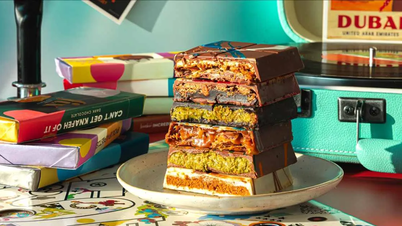

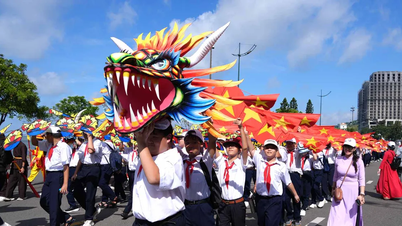


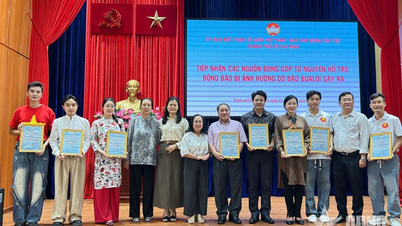

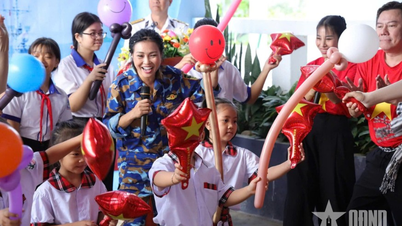
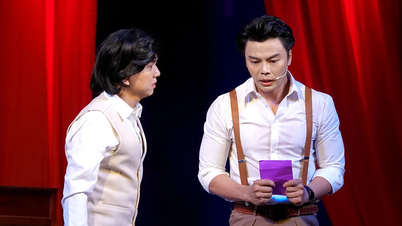




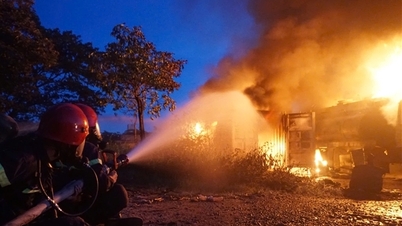
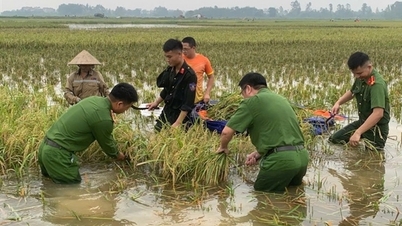
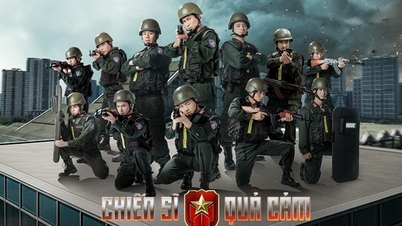
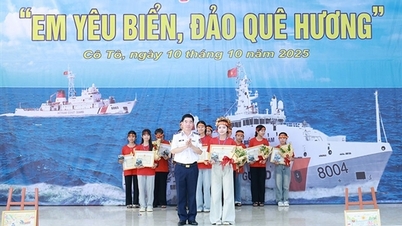
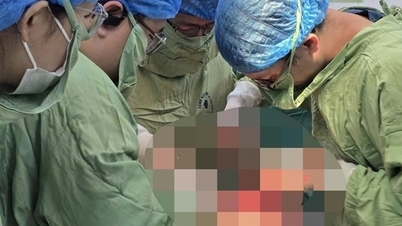
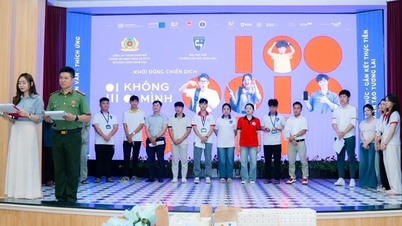
![[Photo] Ho Chi Minh City is brilliant with flags and flowers on the eve of the 1st Party Congress, term 2025-2030](https://vphoto.vietnam.vn/thumb/1200x675/vietnam/resource/IMAGE/2025/10/10/1760102923219_ndo_br_thiet-ke-chua-co-ten-43-png.webp)































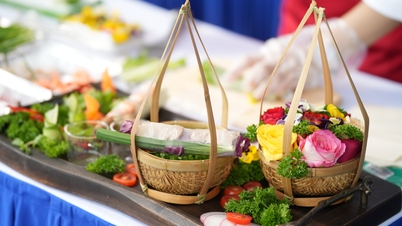
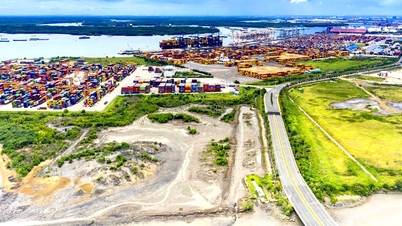
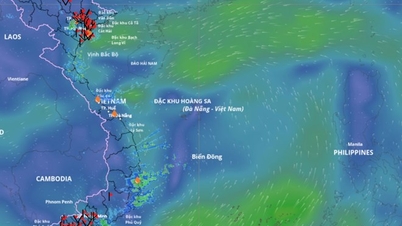

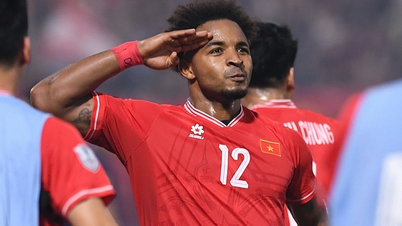
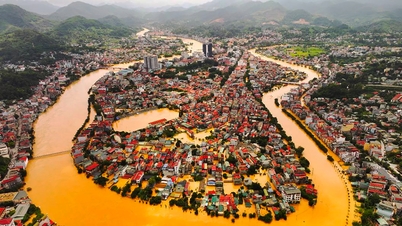

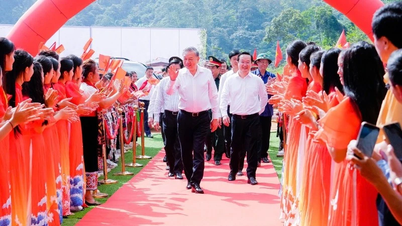



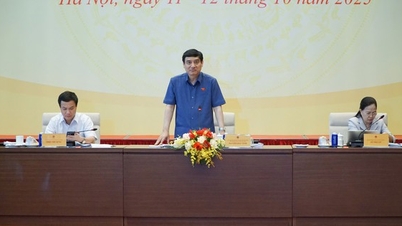



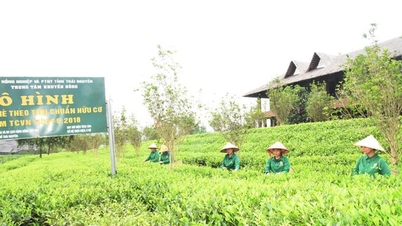
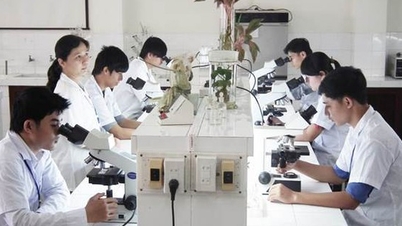
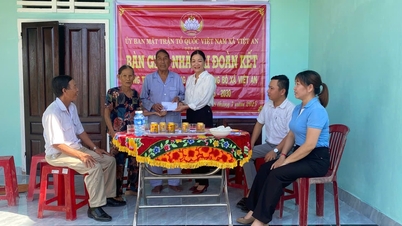

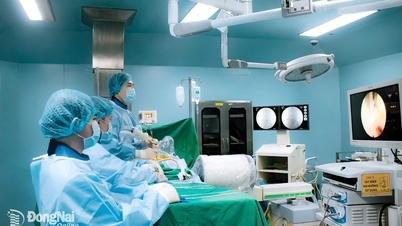

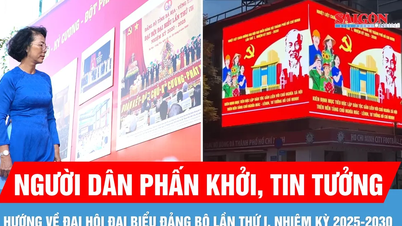
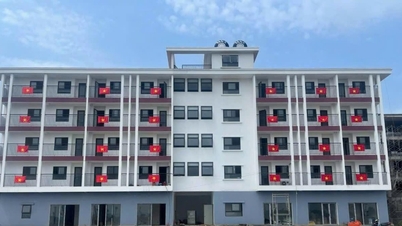

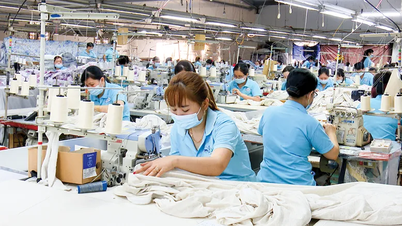












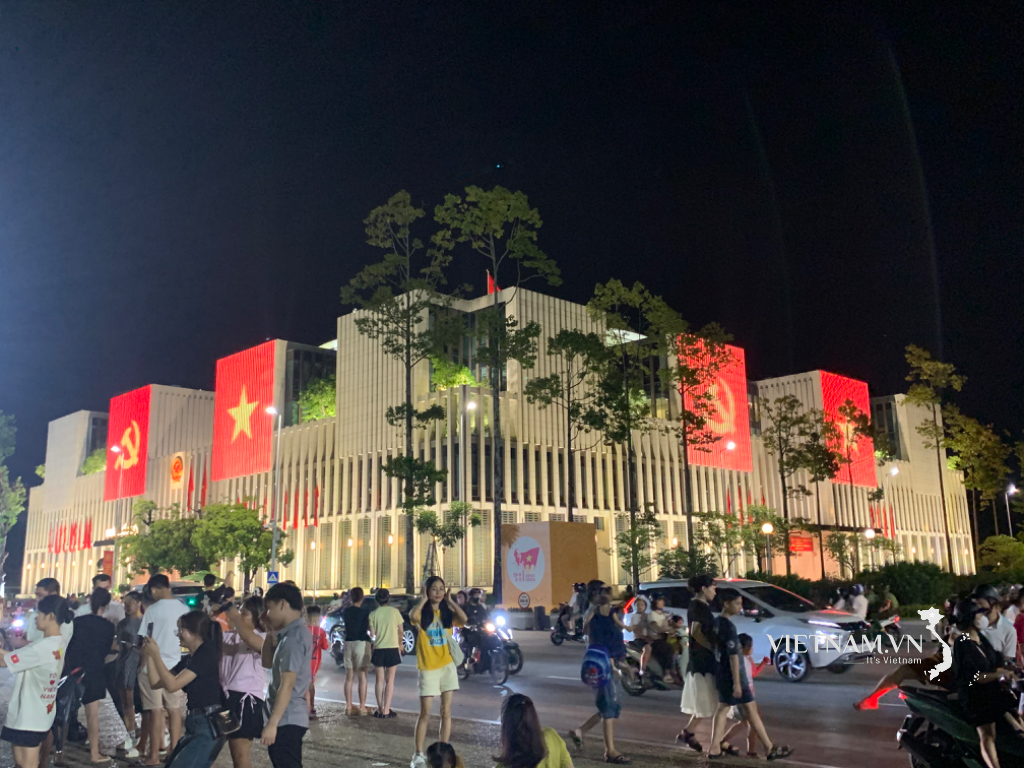



Comment (0)